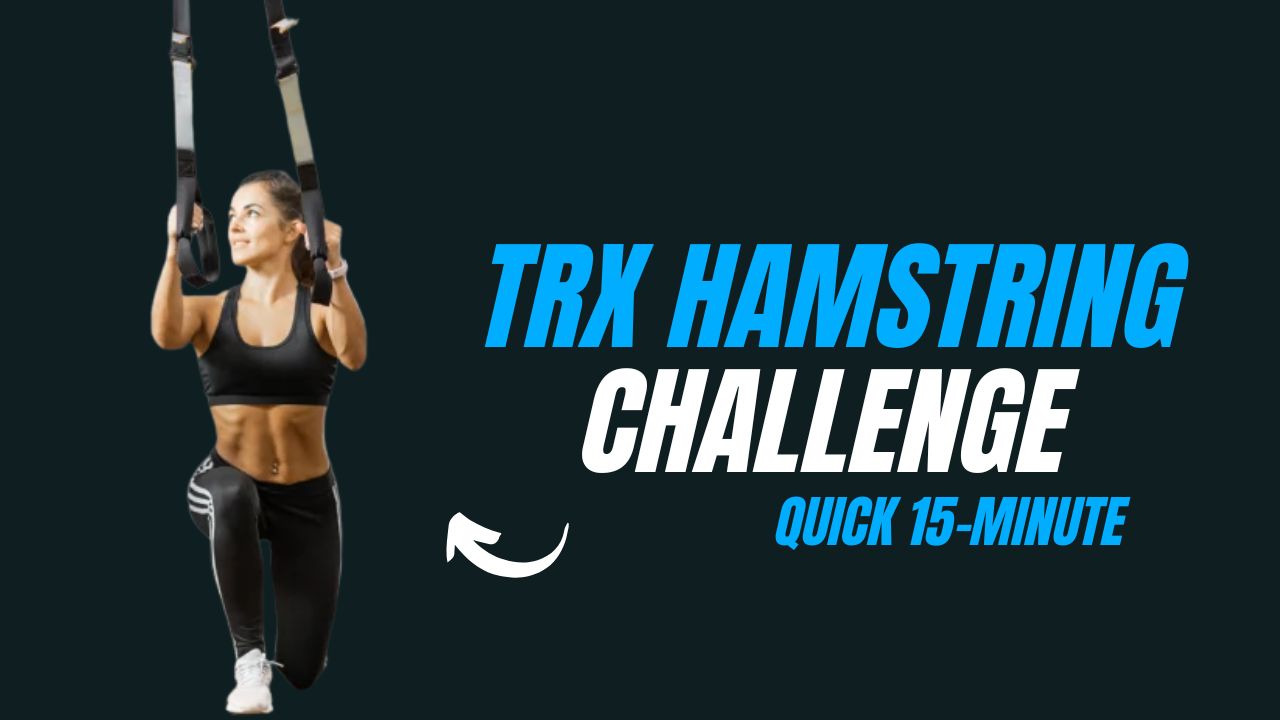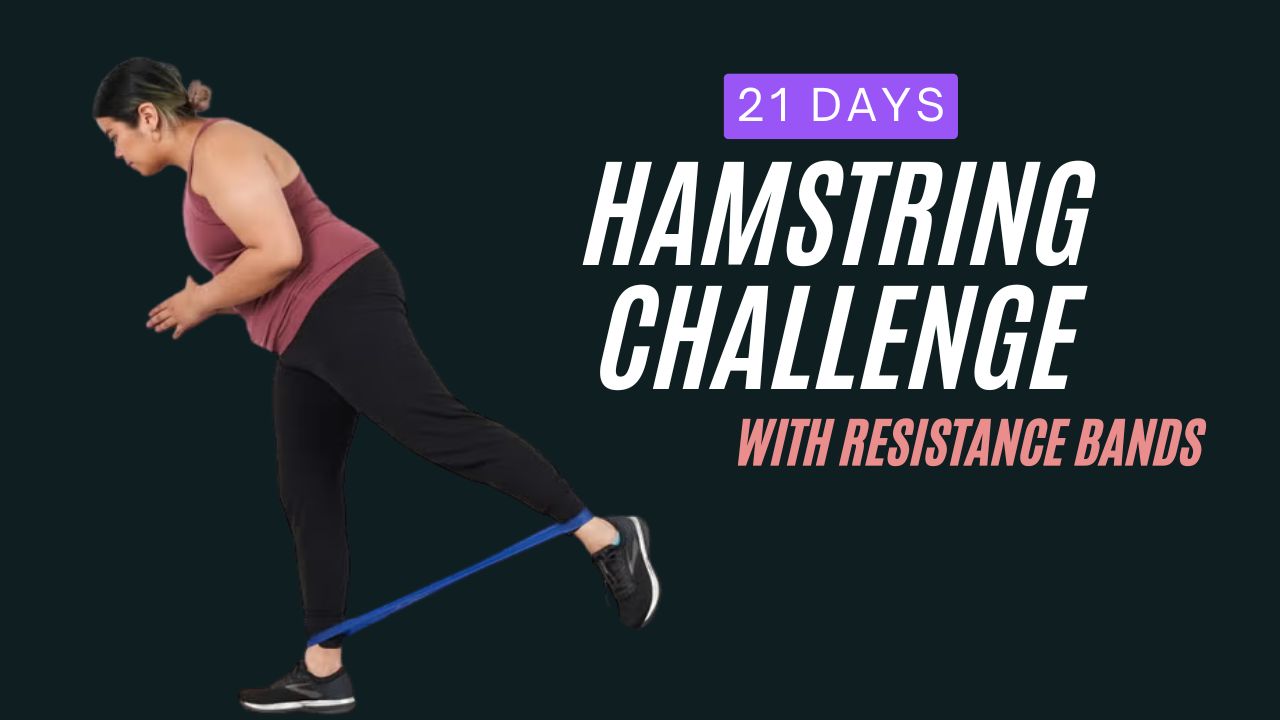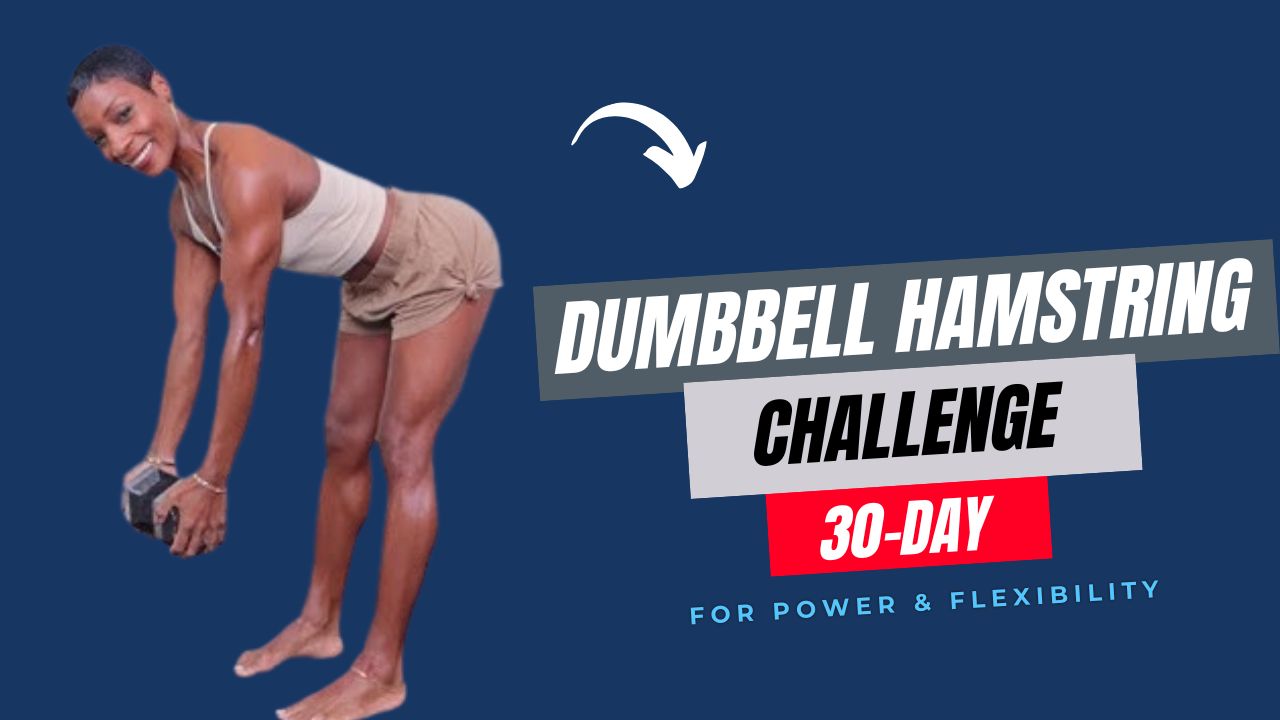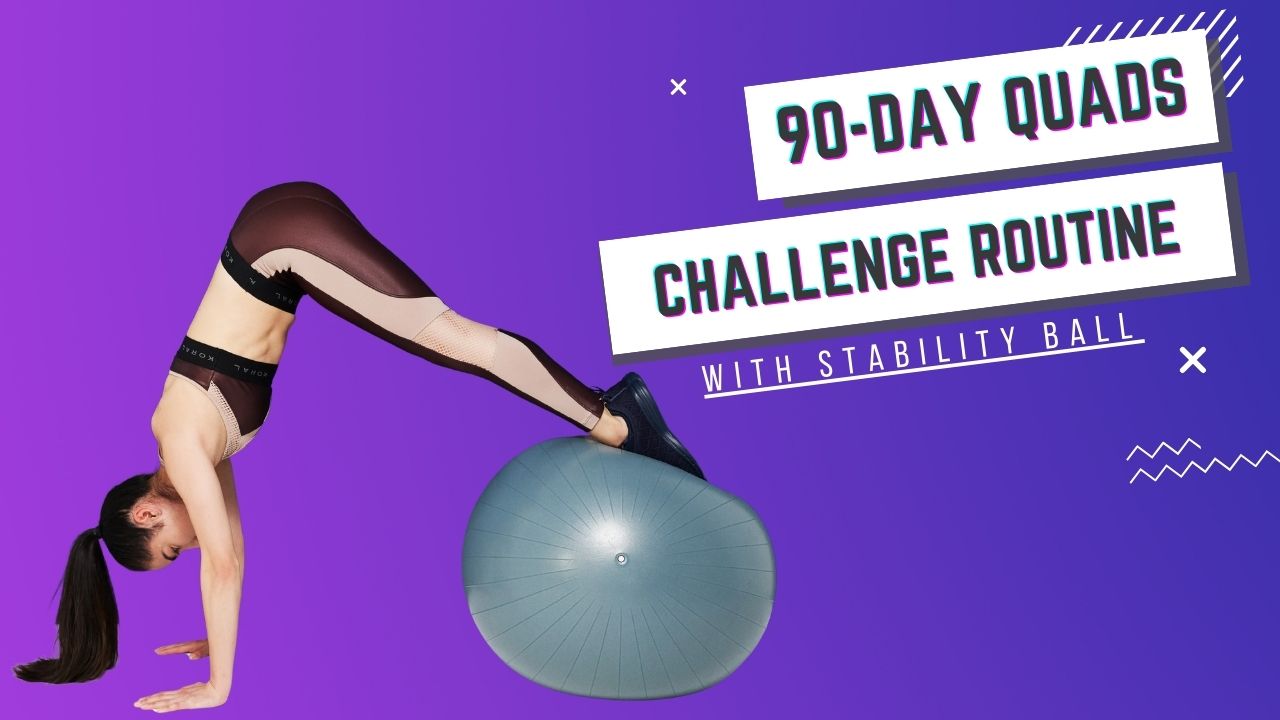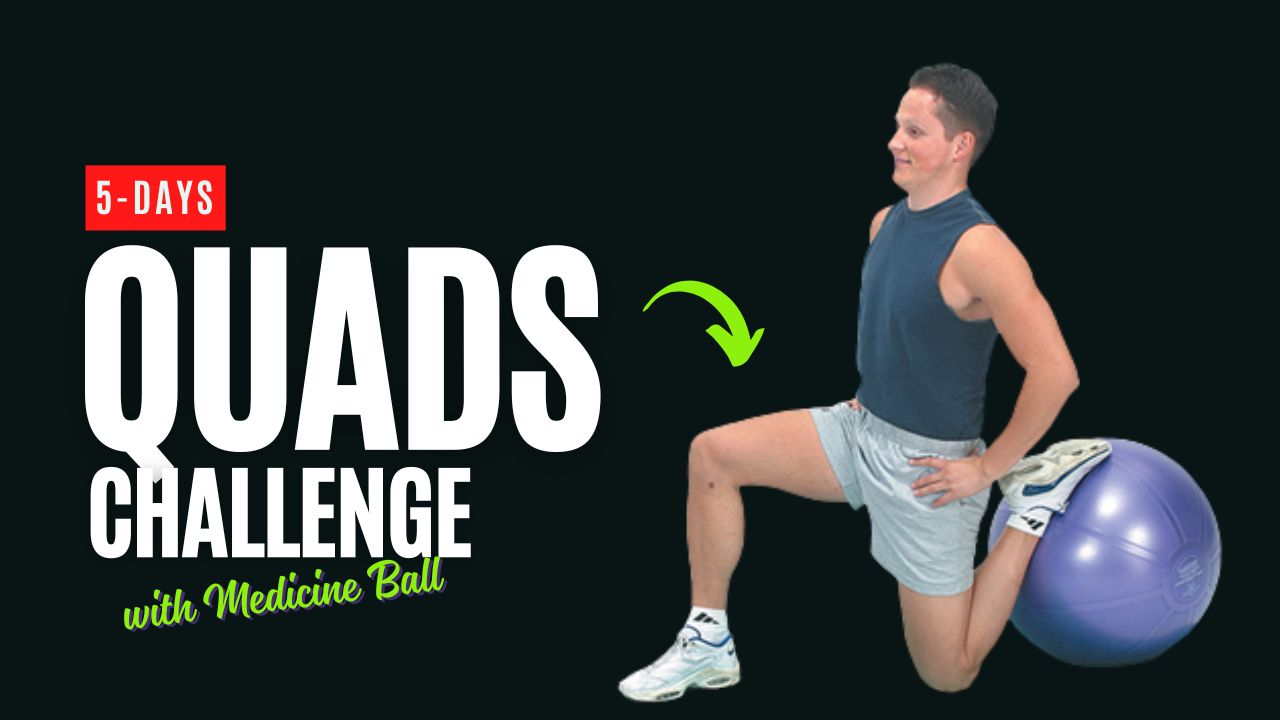Do you know your calves can make or break your lower body performance — and most people never train them properly?
The truth is, calf muscles are among the most overlooked muscle groups in fitness routines. Yet they play a critical role in posture, balance, and explosive power.
Swiss Ball — also known as the stability ball — isn’t just for crunches and back stretches. This versatile tool can revolutionize the way you train your calves, adding an element of instability that forces your muscles to activate deeper and work harder.
In this article, you’ll learn 5 powerful Swiss Ball calf exercises that not only target your gastrocnemius and soleus muscles but also help improve ankle mobility, core strength, and lower body coordination.
Whether you’re looking to build muscle, increase flexibility, or enhance athletic performance, this guide will walk you through how to perform each move correctly, with benefits and variations included.

Table of Contents
What Can Happen After 30 Days of Swiss Ball Calf Exercises
| Positive Changes You May Notice | How It Impacts Your Body |
|---|---|
| Increased calf muscle tone and definition | More sculpted, athletic-looking lower legs |
| Improved ankle stability and joint control | Reduced risk of sprains, better performance in sports & daily movement |
| Enhanced balance and coordination | Stronger neuromuscular connection and better posture |
| Stronger mind-muscle connection | More effective and focused muscle activation during workouts |
| Greater flexibility and mobility in lower legs | Easier range of motion during squats, running, and jumping |
| Noticeable improvement in lower body endurance | Less fatigue during long walks, hikes, or stair climbing |
| Better posture and spinal alignment (indirectly via core engagement) | Reduced lower back tension and improved standing posture |
Do’s & Don’ts of Swiss Ball Calf Exercises
| Do’s | Don’ts |
|---|---|
| Maintain slow and controlled movement during each rep | Don’t bounce or rush through the motion |
| Engage your core to stay stable throughout the exercises | Don’t let your hips sag or spine curve during wall-supported moves |
| Start with both legs before progressing to single-leg variations | Don’t jump into advanced versions without mastering the basics |
| Use the ball on a non-slip surface for safety | Don’t use the Swiss Ball on an unstable or slick floor |
| Focus on the mind-muscle connection to activate calves fully | Don’t rely solely on momentum or shift weight to your toes improperly |
| Perform exercises 2–3 times per week with rest in between | Don’t train calves every day without allowing recovery |
| Warm up your ankles and feet before starting | Don’t skip warm-up or jump straight into weighted variations |
Top 5 Swiss Ball Calf Moves
1. Swiss Ball Standing Calf Raise (Against the Wall)
How to Do It:
- Stand facing away from a wall with a Swiss Ball between your mid-back and the wall.
- Position your feet shoulder-width apart, a few inches forward.
- With your heels on the floor and the ball supporting your balance, rise slowly onto your toes.
- Pause at the top for 2 seconds, then lower your heels without letting them touch the ground.
Benefits:
- Improves balance and ankle stability.
- Isolates the gastrocnemius (upper calf).
- Engages core muscles due to the unstable base.
Variation:
- Perform with one leg at a time to intensify the challenge and correct imbalances.
2. Swiss Ball Seated Calf Raise (Feet on Ball)
How to Do It:
- Sit on a sturdy bench or step with a Swiss Ball placed under your feet.
- Place your toes and balls of your feet on the ball, keeping your knees bent at 90 degrees.
- Press down to lift your heels as high as possible.
- Slowly lower back to starting position.
Benefits:
- Targets the soleus muscle more effectively due to the seated position.
- Encourages slow, controlled movement, enhancing muscle engagement.
- Supports joint health by reducing unnecessary pressure on knees and hips.
Tip:
Keep your abs tight to stabilize your torso while pressing into the ball.
3. Swiss Ball Wall Calf Isometric Hold
How to Do It:
- Stand with your back to the wall and a Swiss Ball placed between your lower back and the wall.
- Walk your feet forward and rise onto your toes.
- Hold the tiptoe position for 20–30 seconds, keeping the ball steady.
- Slowly lower and repeat.
Benefits:
- Builds endurance and static strength in the calves.
- Improves muscular control and mind-muscle connection.
- Strengthens stabilizer muscles in the lower leg.
Variation:
- Add a light dumbbell in each hand for additional resistance.
4. Swiss Ball Calf Raise with Hamstring Curl Combo
How to Do It:
- Lie on your back with your heels on top of the Swiss Ball and arms at your sides.
- Lift your hips off the floor into a bridge position.
- Perform a hamstring curl by rolling the ball toward your glutes.
- Pause, then press your toes into the ball to raise your heels (calf raise).
- Reverse the curl and lower hips to return to starting position.
Benefits:
- Combines calf training with hamstring and glute activation.
- Increases functional strength through compound movement.
- Challenges balance and coordination.
Tip:
Focus on a slow tempo for both curling and calf-raising phases to maximize control.
5. Swiss Ball Single-Leg Calf Extension (Wall Supported)
How to Do It:
- Stand with your back against the wall and a Swiss Ball at your lower back.
- Lift one leg off the ground, keeping the other firmly planted.
- Rise onto the toes of the standing foot and slowly return down.
- Repeat on the opposite leg.
Benefits:
- Helps fix left-right strength imbalances.
- Enhances ankle mobility and stability under single-leg load.
- Improves proprioception (awareness of body positioning).
Tip:
Keep your standing knee slightly bent and avoid bouncing.
Why Train Calves with a Swiss Ball?
Swiss Ball introduces controlled instability, which forces your calves and surrounding muscles to work harder. This also activates:
- Core stabilizers
- Foot intrinsic muscles
- Hip alignment control
Interesting Fact:
Most of the calf’s function happens during eccentric (lowering) movement, which is why slow downward motion in these exercises makes them highly effective.
Final Thoughts
Adding a Swiss Ball to your calf routine isn’t just about variety — it’s about training smarter. These five exercises blend muscle building, balance training, and joint health, offering a comprehensive way to strengthen your lower legs.
No gym machines needed. Just a Swiss Ball and a bit of floor space. If you’ve been skipping calf day or not seeing results from standard raises, give these variations a try.
Frequently Asked Questions (FAQs)
Are Swiss Ball calf exercises suitable for beginners?
Yes, these exercises are beginner-friendly and can be modified by adjusting reps, range of motion, or by using both legs instead of single-leg variations. The instability might feel unusual at first, but it quickly improves balance and coordination.
Do I need any equipment besides a Swiss Ball?
No extra equipment is required, though a bench (for seated variations) or wall (for standing support) can help. Optional additions like dumbbells can increase resistance once you’re comfortable with the movements.
How often should I train my calves using the Swiss Ball?
Calves can recover quickly, so you can train them 2–3 times per week, ensuring at least 48 hours of rest between sessions. Consistency is key for visible results.
Can these exercises help with ankle mobility and stability?
Absolutely. The dynamic surface of the Swiss Ball activates stabilizing muscles around the ankles, improving joint strength and reducing injury risk — especially useful for runners and athletes.
Will these exercises help me build bigger calves?
Yes — when performed with progressive overload (like slow tempo, more reps, or added weight), these movements stimulate both the gastrocnemius and soleus, which are essential for calf growth and definition.
What’s the difference between standing and seated calf raises on the Swiss Ball?
Standing calf raises emphasize the gastrocnemius (the larger upper calf muscle), while seated versions target the soleus (the deeper, lower calf muscle). Training both ensures well-rounded development.
Is it normal to feel calf soreness the next day?
Yes, especially if you’re new to these exercises or increased the intensity. This is known as DOMS (Delayed Onset Muscle Soreness) and is a sign that your muscles are adapting. Make sure to hydrate and stretch post-workout.
Can I use these exercises for rehab or recovery?
While Swiss Ball exercises are low-impact and joint-friendly, consult a physiotherapist or trainer if you’re recovering from an injury. The instability may not be suitable for acute injury phases.





